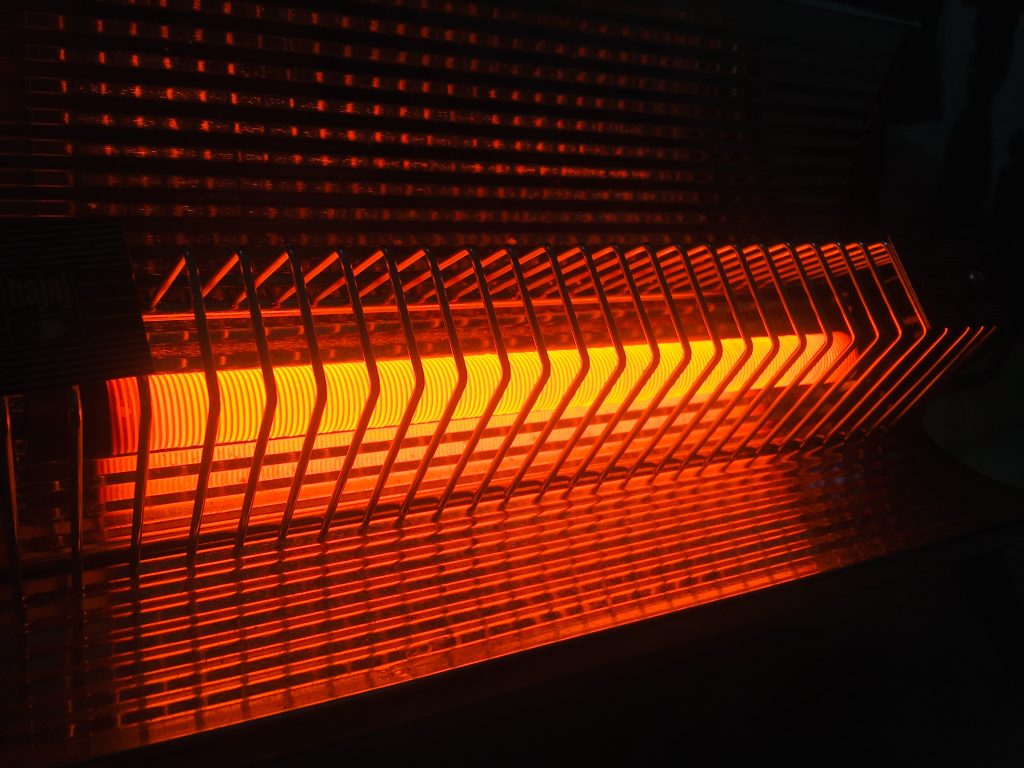Maintenance Considerations for Your Facilities Heat Exchanger
Heat Exchangers are devices which allow a transfer of heat from one fluid to another without the need for the fluids to touch. There are many different types of heat exchangers on the market and the different types will be applied to different types of processes. A heat exchanger is used in the domestic market and are used also for industrial processes both large and small. Best practices for maintenance are critical for all businesses, but for startups particularly.

Refrigerators, air conditioning systems, central heating systems and our cars could not operate without heat exchangers. A fridge for example is cold on the inside and the room on the outside is warm, our central heating system works in the opposite way with heat on the inside heating up a cold room.
Our modern industrial processes could not operate without them and even if some of the processes were to operate, the operating costs would be excessively high. Heat exchangers allow for efficient and cost effective processes, saving energy and saving money.
Choose a Type
There are different types of heat exchangers on the market and the process that you wish to operate will determine which one is right for your purpose. Two of the most commonly used heat exchangers are the Shell and Tube Heat Exchanger and the Plate and Fin Heat Exchanger. The Shell and Tube Heat Exchanger is just as the name suggests, a shell with tubes contained inside. A fluid is passed through the tubes and a different fluid is passed within the shell on the outside of the tube and the process allows for a transfer of heat energy without the fluids coming into contact with one another.
The Plate and Fin model consists of strong plates, usually made from steel or titanium, placed at either end of the ‘fins’. The plates are bolted through the fins to allow for a solid structure and gaskets are used as a seal between the fins. Fluids are passed through alternate layers, at different temperatures, allowing for heat transfer.
Longevity
How long do heat exchangers last? Heat Exchangers have a long life span and depending on the type of exchanger you choose, they can last anywhere from 10+ years to 40 years. Like any piece of equipment, it has to be maintained using a regular maintenance programme and repairs and maintenance should be carried out by a suitably qualified engineer. If the equipment is not regularly maintained according to the manufacturer’s recommendations, the lack of maintenance has the potential to considerably shorten the lifespan of the device.
Care should be taken when purchasing heat exchanging equipment as processes can be complicated and it is essential that the correct device be purchased for the correct process as purchasing the wrong piece of equipment can result in strain on the equipment and hence a shorter lifespan.
Heat exchangers have many applications and can be very compact and can be very easily maintained. Using a heat exchanger increases the efficiency of a process and affords a reduction in energy costs hence saving many thousands of pounds in energy costs for large businesses.

